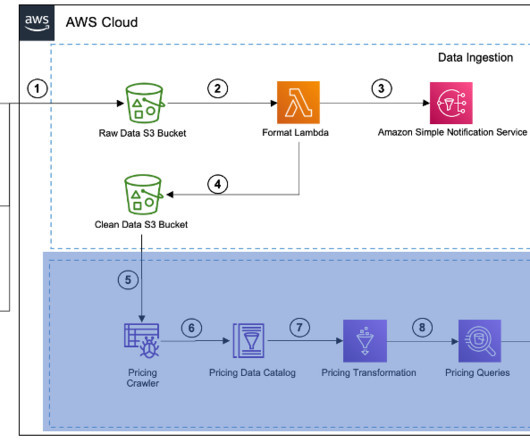PCI compliance: The best defense is a great defense
CIO Business Intelligence
OCTOBER 16, 2023
Sophisticated criminal syndicates, rogue nation states and a global community of nefarious attackers are all eager to pilfer valuable data, including payment card information. PCI DSS compliance is a robust defense that significantly mitigates the risks involved with all three. Updating the PCI DSS is likewise critical.














Let's personalize your content